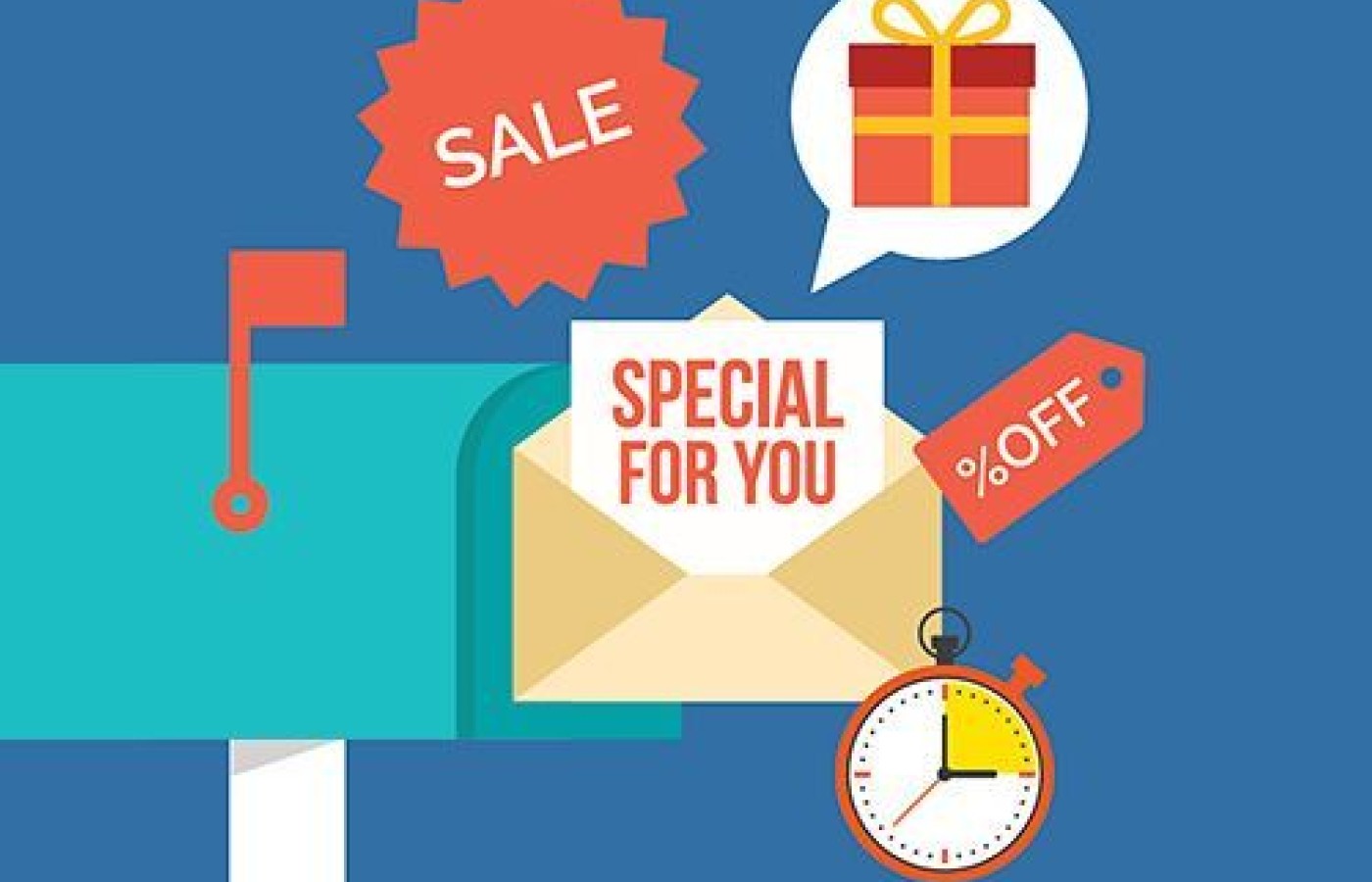New York's highest court of appeals has held that no-fault insurers cannot deny no-fault benefits where they unilaterally determine that a provider has committed misconduct based upon alleged fraudulent conduct. The Court held that this authority belongs solely to state regulators, specifically New York's Board of Regents, which oversees professional licensing and discipline. This follows a similar recent ruling in Florida reported in this publication.
Win Big With Snail Mail
In today's marketing world, we tend to focus on online: Facebook, Twitter, Google, Yelp, email and more. But it's important not to forget that old-school marketing tactics can still have a big impact on your business. And with less people using these methods, it's an easy way to stand out from the crowd. Here are four reasons to consider including good-old snail mail in your marketing strategy:
1. It's Precise
When searching for new patients in your neighborhood, there's no better targeting option than direct mail. A bulk direct-mail campaign usually consists of an oversized postcard, beautifully designed and delivered to every door within 1 mile of your business. Since location is a huge factor in determining if someone will be a regular patient, this is a big deal – there really is no better way of reaching out directly to your local community.
You can even work with marketing companies who have lists of people in your neighborhood to be even more precise with your targeting – such as choosing individuals over the age of 30 with annual incomes of $70,000+ (and plenty of disposable income).
Make sure your card stands out: choose a high-quality card stock, use bright colors and professional images, and hire the services of a graphic designer. The quality of your mail piece reflects the quality of your business.
2. It's Non-Opt-In
As email laws become more and more strict, your opportunity to send unsolicited emails becomes limited. Some countries / states / provinces now require customers to either opt-in or have an existing business relationship with your business if you are going to send them email. This makes it challenging to reach out directly to potential new patients, since neither of those conditions apply to them. Direct mail, on the other hand, does not require the patient to opt-in, so an offer delivered via a postcard is a great way to reach out to them.
3. It's Personal

Do you still get a little thrill every time you go to the mailbox? Even though most of your mail is likely bills, most people still get a little excited every time they go to the mailbox – perhaps it's the possibility they will receive a letter from a friend or an exciting offer.
Take advantage of that feeling – it's not going away anytime soon. Whenever you have a spare moment, write a hand-written thank-you note to a patient. For 5 minutes of your time and the cost of a stamp, you can leave a lasting impression.
This may not seem like marketing, but every customer interaction is just that. For an individual patient, your handwritten note is about customer retention; the personal touch that can help turn people into lifetime customers. But it's also about creating word of mouth – you can bet they will tell people about your above-and-beyond gesture!
4. It's Professional
When you are trying to grow your business, you may look to form professional relationships / referrals with other businesses and health care professionals. An unsolicited email can often be seen as "spam," whereas a well-crafted letter on your company letterhead looks and feels more professional, giving you a better chance of securing that relationship.
What's more, a professional letter followed up with a phone call is an excellent strategy for securing your first meeting.
As with all things, it's important to not put all your eggs in one basket, so consider using direct mail to complement your online marketing efforts.
These days, direct mail is slightly against the grain, which means the number of mail pieces people receive has declined dramatically – giving you a better opportunity to stand out from the crowd and get a positive response.



